Cream is a dairy product used in many meals and desserts, sauces, creams, soups and pasta, gratin and casseroles. Initially, it was only made from fresh cow's milk, but today there are creams made of milk and ones that are plant-based. There are different types of cream, in various forms (liquid, powder) with different content.
Cream is an inherently non- homogenous, high in fat, dairy product. It usually rises to the top of the milk container, because the fat in it is lighter than the water in the milk. Cream is a feedstock for the production of cow butter.
Cream is actually the modern name of the substance. In the past, it was made by skimming the top of milk, cream nowadays is strained with centrifuges. To make real cream, it must have at least 10% fat. Most popular for cooking is sour cream, which is used for sweet and savory dishes. Among sour creams, suitable for heat treatment without gelling are those with fat content above 20%, which you can just stir into the heated sauce. Sour cream with less fat creates 'slabs', such as yogurt does. All sour cream types can be molded frozen too.
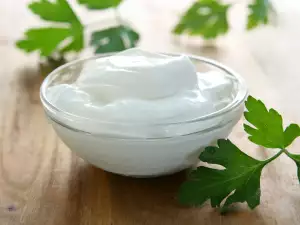
Composition of cream
Cream is a very useful, slightly sour dairy product. It has less protein than milk, but more fat-soluble vitamins. This is a product that contains a lot of calcium, vitamin A, vitamin D and significant amounts of trace elements and minerals, beneficial to the human body. The cream is useful for it’s high protein content - 2.2%. A problem can be expected with ones with significantly higher fat content - 15 to 45 percent. However, they are easily assimilated and this is why doctors recommend cream to people suffering from obesity and even those with diabetes mellitus.
Cream for coffee - 10% fat.
Churned cream - 30% fat.
Extra thick cream or pastry cream - up to 40% fat.
Churning cream, pasteurized - up to 36% fat.
Sour cream, yeast cream - 10% fat.
Double cream - from 40% to 55% fat.
Crème fraîche-fat at least 30%. An addition of 15% sucrose.
Types of Cream
Fresh cream (Creme fraiche) can be considered under the sour cream umbrella as well.
Liquid cream is milk derived including dairy cream, plant-based pastry cream, and cooking cream.
Other forms that are mentioned are whipped cream, powdered cream, spray cream, dry cream and coffee creamer.
Selection and storage of cream
Sour cream can be stored at up to 72 hours at 2 to 8 degrees. It is not advisable to freeze it, because the freezing process splits it into small pieces. If the surface appearance is that of greenish or pink foam, it is a sign that you need to get rid of it.

Before being added to a dish, the cream should be left at room temperature for some time.
Cream in cooking
Culinary use of cream is widespread. Whipped cream comes from liquid or viscous cream, with 18-30% fat. Before you begin whipping the cream, the utensils must be chilled to the same temperature. If the cream becomes too thick, add a little water while continuously beating.
The use of cream in sauces means they need longer cooking, because once it liquefies, it thickens and becomes more palatable. Russian cuisine widely uses sour cream. It is obtained by mixing fresh cream and yogurt or sour cream with a few drops of lemon juice.
To make the cream lighter and fluffier when whipping, add 1 tablespoon of water to the pre-cooled cream. If you add 1 egg white, beaten to snow, the cream is airy and light.

Cream gives an unforgettable taste to many dishes - delicious Italian pastas, many appetizers, soups, pies, main dishes with meat, fish and vegetables. One of the most popular desserts in the world - Pavlova cake, can not happen without the participation of irreplaceable cream.
Preparation of cream
To prepare a cream yourselves, you need high fat content milk or yougurt if you prepare sour cream. The freshly collected milk after scalding, is poured quickly into a large dish and placed in a cold water bath. After about an hour, the cream is harvested with a fine mesh spoon, then left in the fridge for 24 hours to strain. The resulting fresh cream is shaken until it turns into a homogeneous mass. It’s shelf life is about 72 hours. Sour cream is produced from the cream of yogurt, it’s shelf life is around 5 days at 10 degrees.
Benefits of cream
Cream contains tryptophan, which raises the spirits, calms and refreshes the mood. There are many biological and high energy particles, which makes it an important product in medical nutrition. Eating cream is recommended for diseases that are associated with a lack of hydrochloric acid in your gastric juice, kidney disease. Cream takes part in diets for the treatment of ulcers, acute gastritis and acute infectious diseases.
Dangers of cream
Eating cream is contraindicated in people suffering from obesity, atherosclerosis and problems with bile and liver.
Slimming cream
There is a cream diet that lasts 1-2 days. The diet is more like a landing day within a week. The diet requires the intake of 400 g cream with no more than 20 percent fat, which is divided into five doses. You should drink 2 cups rose hip tea during the day. Drink water up to 10 minutes before taking the cream. If you feel strong cravings, you are allowed to eat less nuts or a fruit tart.
According to nutritionists, the use of cream has broad usability. Cream improves metabolism, positively influences the skin, and the whole body feels toned. Not surprisingly, the cream is used in many face masks, as well as products for hair and skin.
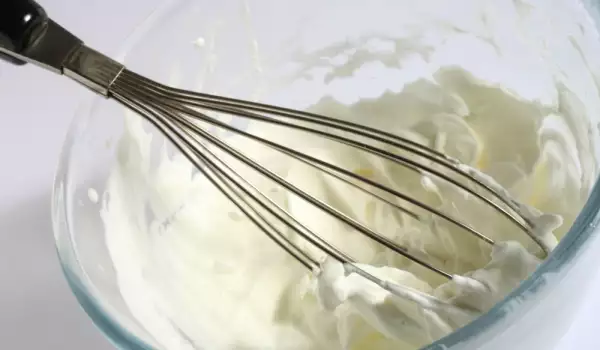


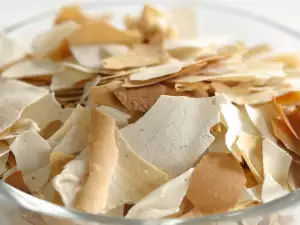
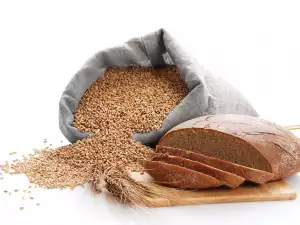

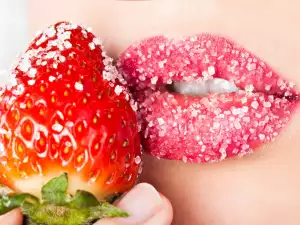



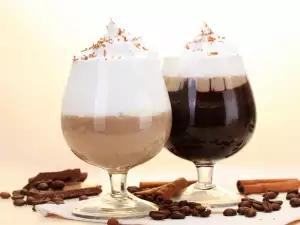

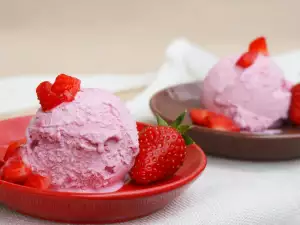
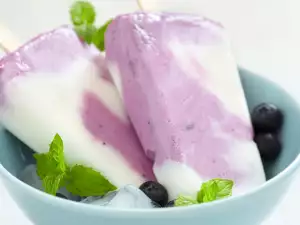
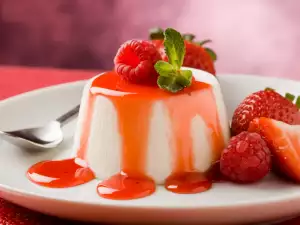





Comments